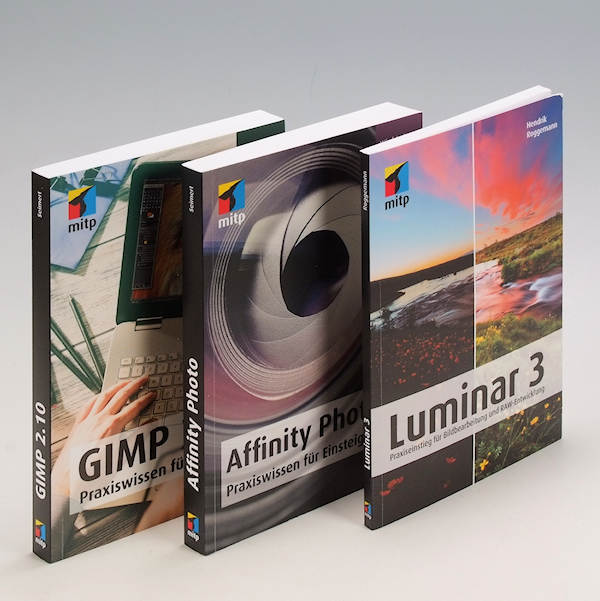
The live mesh warping feature and layers panel also boost the software's impressive capabilities. Additionally, they introduced non-destructive RAW development, ensuring your original photos remain safe no matter how you edit them. Some of our favorite additions include masks, which now rival the functionality you'd find in Lightroom and Photoshop.

In late 2022, Serif launched this latest version of Affinity Photo, packed with fantastic new photo editing and manipulation tools. AI helps to restore the dark sky around the stars back to its original dark color and removes color casts that may have crept into your images. When it comes to stacking capabilities, Affinity Photo 2 outperforms Adobe Photoshop 2023.Īnother Astro-friendly function we enjoyed is the 'Remove Background' filter. Many astrophotographers often replace the foreground entirely.

This isn't an issue if you're focusing solely on capturing images of the sky, like nebulas or constellations, without including the foreground. However, we did notice a slight misalignment in the foreground, which is different from what we found in Photoshop. It excels in aligning stars, resulting in perfectly lined-up stars throughout the image. During our test, Affinity Photo 2 pleasantly surprised us with its performance.
Affinity photo luminar software#
With just one click, you can import these frames and let the software automatically stack them. Simply put, stacking in Affinity Photo is a convenient way to combine calibration and light frames effortlessly. There is a dedicated 'Astrophotography Stack' function and we were very intrigued to see how it compared to Adobe Photoshop 2023, which we found wanting in this department. RAW images can often look dull and lackluster straight out of the camera, but with the help of the best photo editing apps, astrophotographers can refine and elevate their astro images to new heights. Photo editing software has the power to enhance colors and bring out hidden details, especially when working with astrophotographs captured in RAW format. Even the best telescopes and best binoculars can't reveal all the subtle colors and intricate patterns that post-shoot editing using photo editing apps can. But with the help of the best cameras for astrophotography, we can see the much fainter glows of nebulas and galaxies. When we look up into the night sky with the naked eye, we can make out light sources of light from distant stars, see the bright light from the moon and possibly, on a clear night, see a nearby planet or two. Even NASA utilizes image editing software to enhance its astronomical images, showcasing the importance of editing tools in revealing the beauty of the cosmos. These photographers depend on editing apps to improve their images and bring out intricate details that might be overlooked otherwise. So if you are "in", as you mention, for "fun", with the possibility for advanced photo editing as well and a tight integration with Apple Photo's PP would be my first choice.Editing apps are essential for astrophotographers because the subjects they capture are often very faint and challenging to see with the naked eye. However much easier than Affinity in my opinion. Still it has a "learning curve" certainly if, for instance, you are not used (as I am) to the concept of working with layers. I love the the AI-tools and other intelligent functions that make life "easier" while still maintaining excellent quality, and of course it's comprehensive editing capabilities for photo's I love the way PP integrates with Apple Photo's.

For very advanced RAW-editing I occasionally use RawPower.
Affinity photo luminar pro#
Since about 8 months I am using Pixelmator Pro and Pixelmator Photo (iPad) Haven't used Affinity anymore (In the past only for focus merging and photo stacking, which today I can handle "in camera" ). If you are shooting a lot in RAW, Affinity Photo does not work well with Apple Photo's (since version 1.7 or 1.8 today they are on version 1.10 and despite a lot of bug-reports and complaints of numerous users they didn't solve that issue). However it has a steep learning curve for "none Photo-shopper's" like me.
Affinity photo luminar professional#
So, Affinity has lots of high quality professional capabilities. Have been using Aperture in the past until it "stopped" For more than a decade I am not a user of Photoshop (to complicated to my "logic"). Have been using them both mainly for editing photo's.


 0 kommentar(er)
0 kommentar(er)
